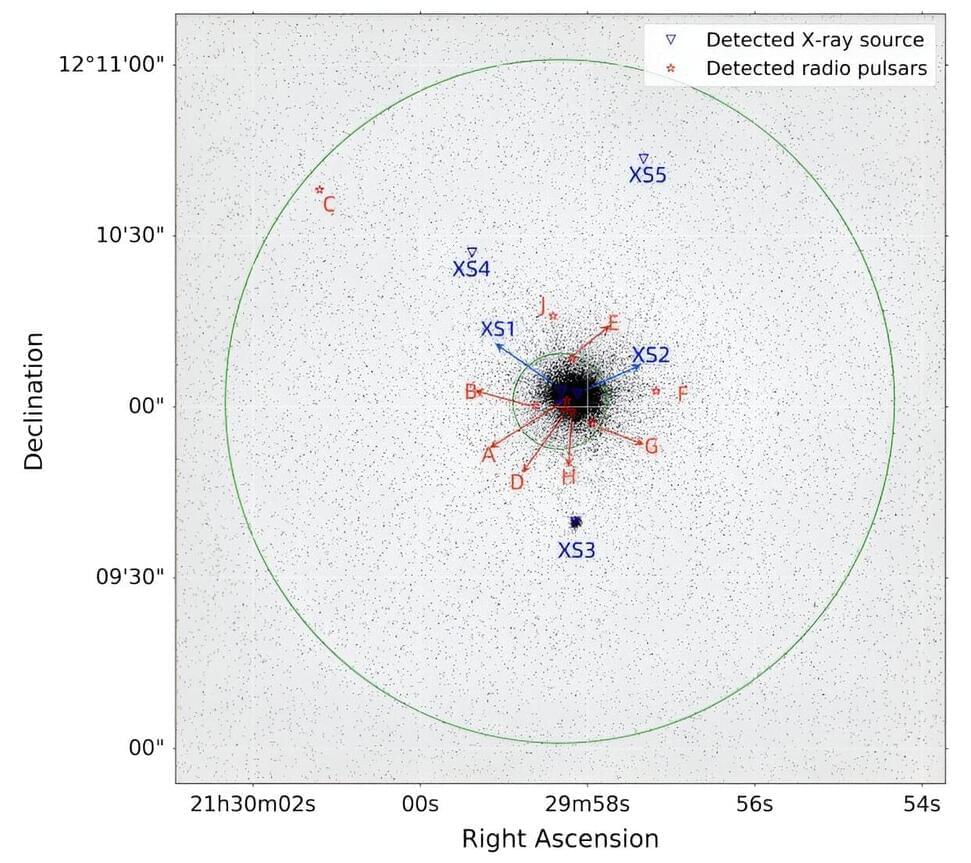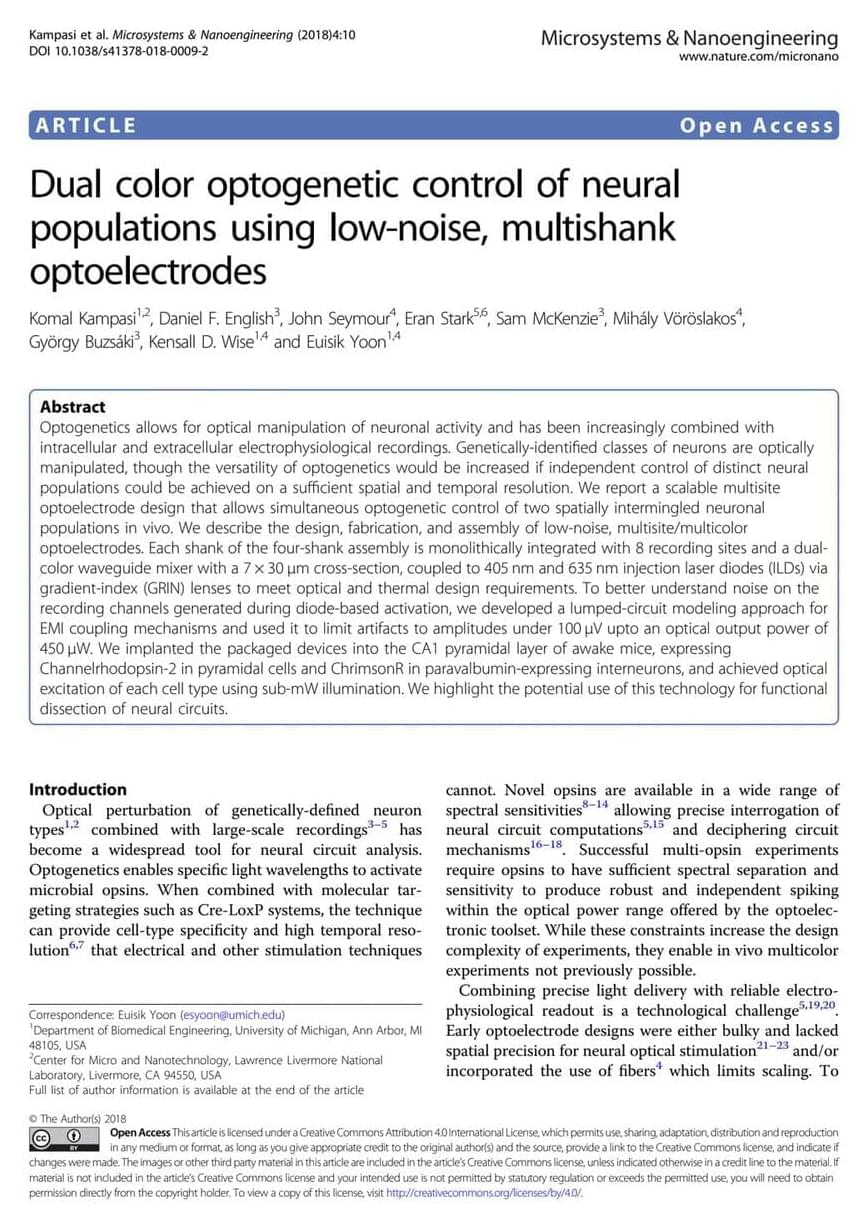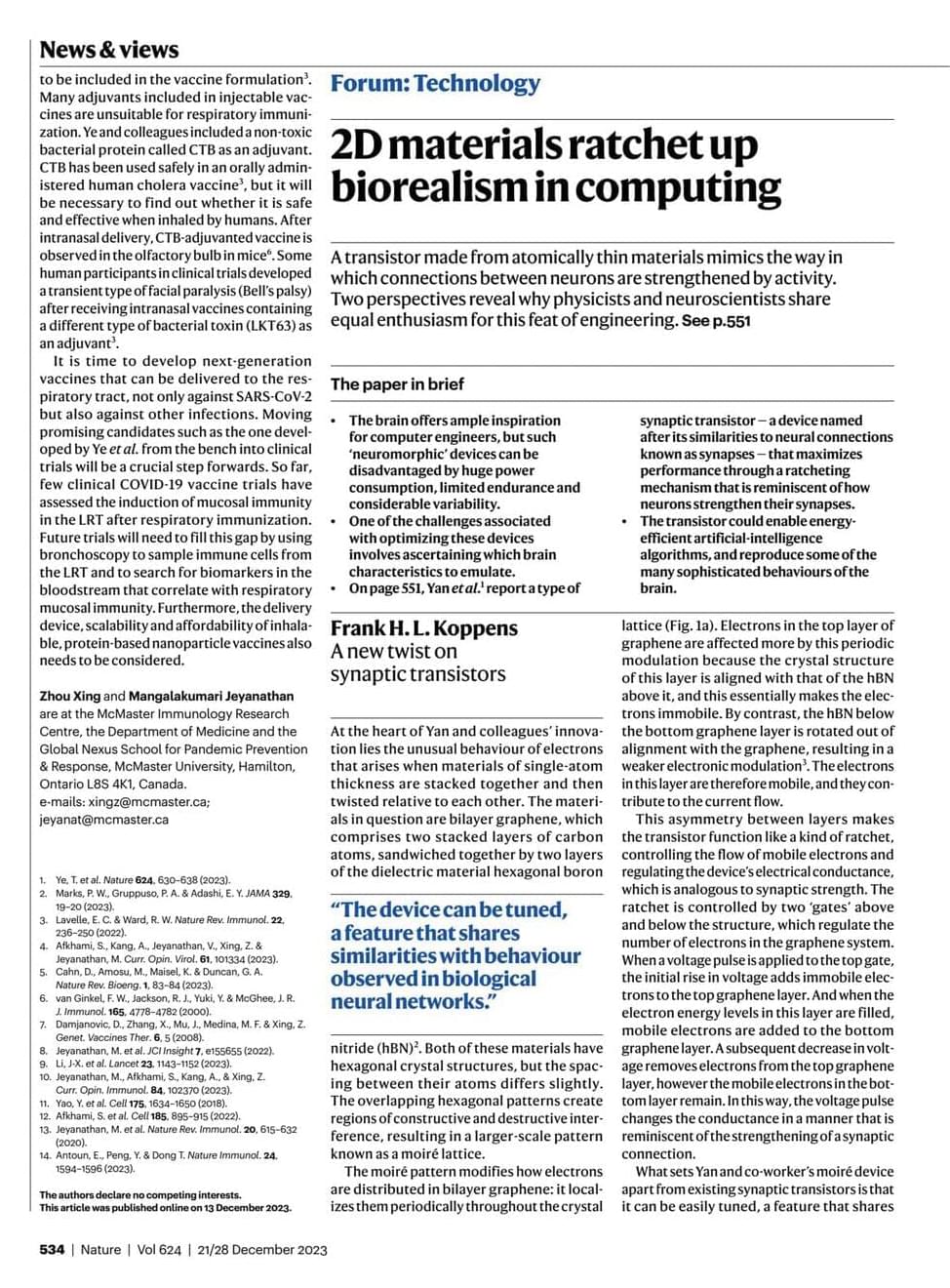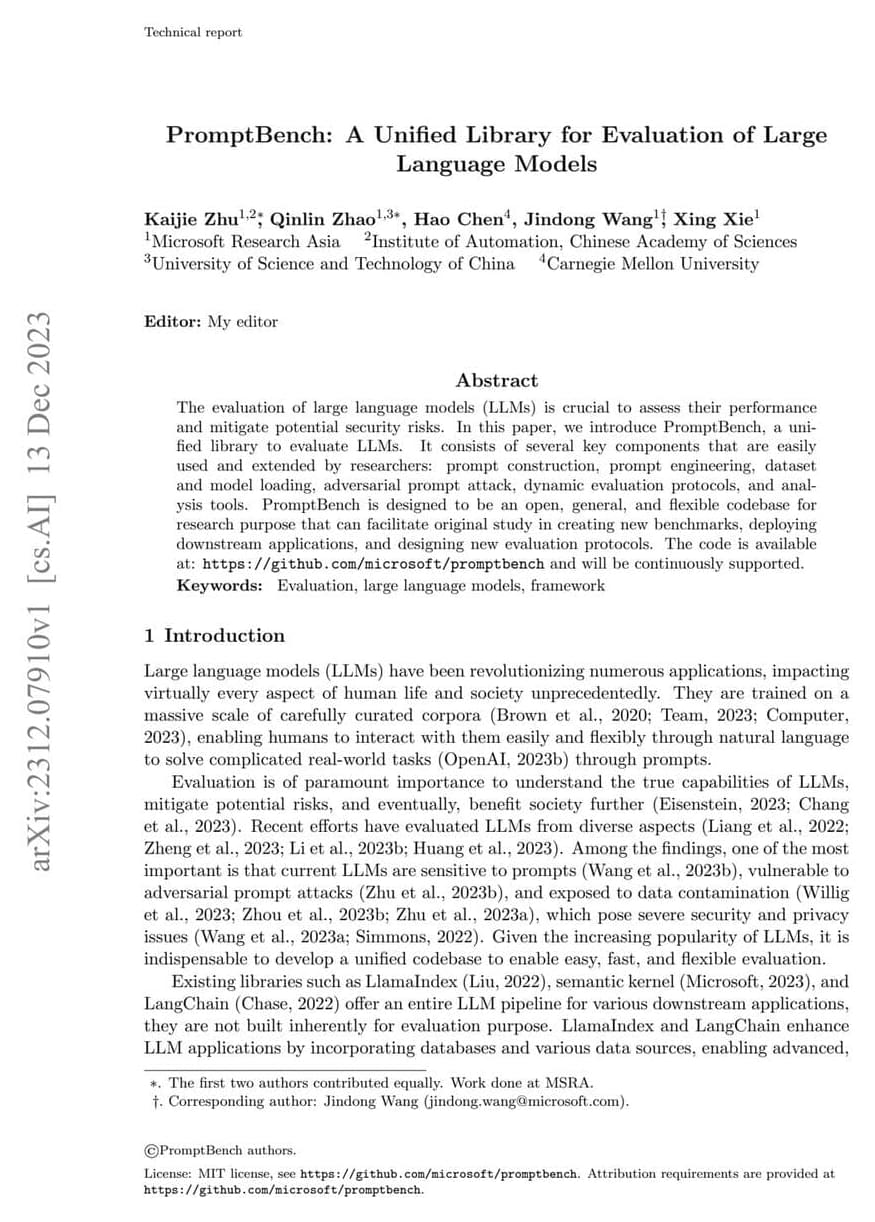
Using China’s Five-hundred-meter Aperture Spherical radio Telescope (FAST), astronomers have discovered three new pulsars in an old Galactic globular cluster known as Messier 15. Two of them turned out to be long-period pulsars, while the remaining one spins so rapidly that it was classified as a millisecond pulsar. The finding was reported in a paper published Dec. 11 on the pre-print server arXiv.
Pulsars are highly magnetized, rotating neutron stars emitting a beam of electromagnetic radiation. The most rapidly rotating pulsars, with rotation periods below 30 milliseconds, are known as millisecond pulsars (MSPs). Astronomers assume that they are formed in binary systems when the initially more massive component turns into a neutron star that is then spun up due to accretion of matter from the secondary star.
Located some 35,700 light years away from the Earth, Messier 15 (also known as NGC 7078) is a core-collapsed GC with a radius of about 88 light years and an estimated mass of 560,000 solar masses. It is one of the oldest (about 12 billion years old) and most metal-poor Galactic GCs (with a metallicity of approximately −2.25), and one of the most densely packed GCs in our galaxy.
















